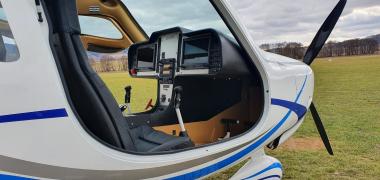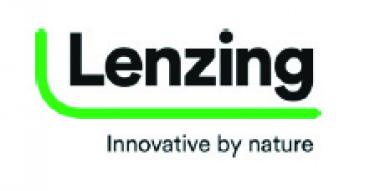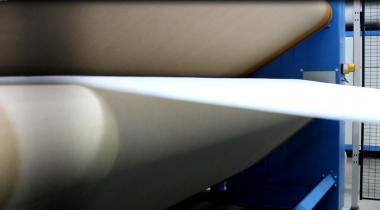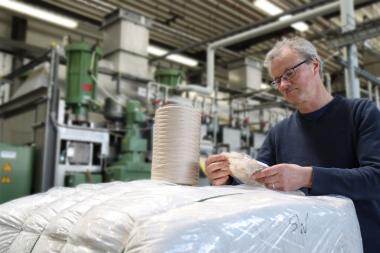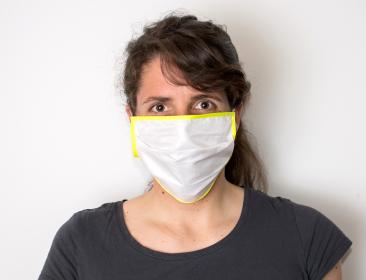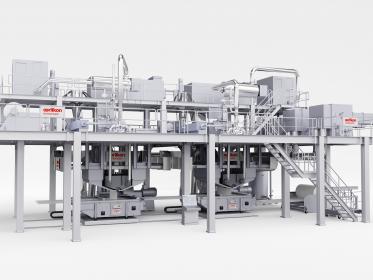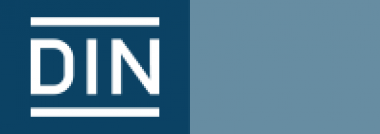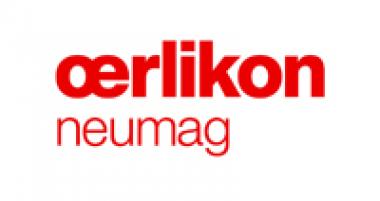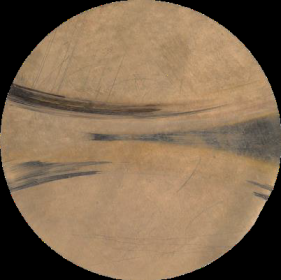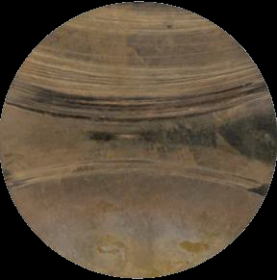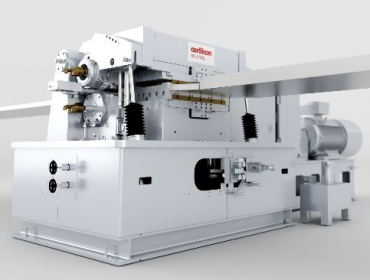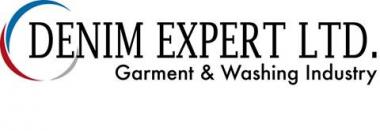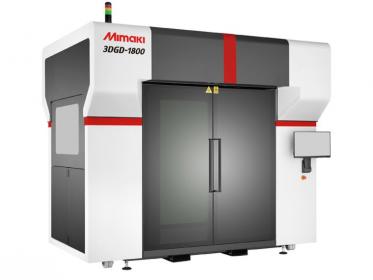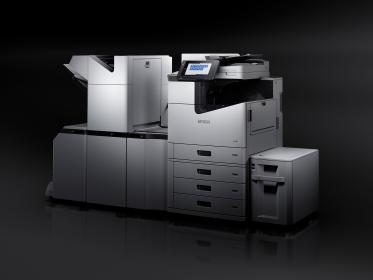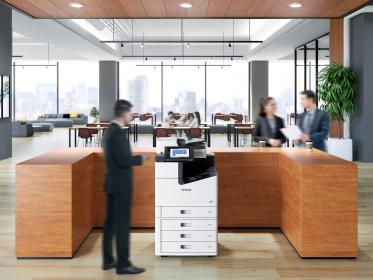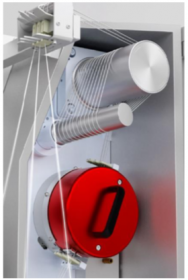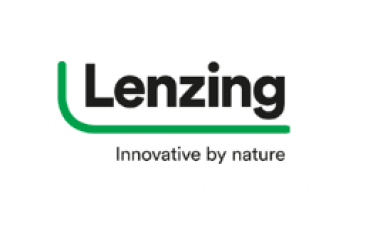Textilhersteller klagen über Werbeverbot bei Facebook und Google
In der Textil- und Bekleidungsindustrie gibt es großen Unmut über das Geschäftsgebaren von Facebook und Google. Immer mehr Unternehmen seien von den Anzeigensperren für Maskenwerbung betroffen, so der Verband Südwesttextil. Er beklagt ein geschäftsschädigendes Vorgehen der Internetkonzerne: „Corona und Lockdown sind für einige Mitglieder schon existenzgefährdend. Mit Masken haben sie kurzfristig einen neuen Markt bedient. Doch Facebook und Google schotten den wichtigen Absatzkanal Internet gerade massiv ab“, kritisiert Südwesttextil-Hauptgeschäftsführer Peter Haas.
Wenn Facebook und Google gegen Fake-Produkte, Wucherer und die Verknappung von Medizinprodukten vorgehen wollten, dann setze der Algorithmus dies gerade fehlerhaft um. Faktisch werde ein Werbeverbot für Medizinprodukte zum Anzeigenstopp für alle Maskenanbieter. „Bei zusammen 150.000 Mitarbeitern bei Facebook und Google wird sich ja wohl jemand finden, der seriöse von unseriösen Anbietern trennen kann“, so Haas. Es zeige sich: Nicht jede künstliche Intelligenz führe ohne gesunden Menschenverstand zu schlauen Ergebnissen. Statt einer computerisierten Anzeigenprüfung erwarte Südwesttextil eher eine Anbieterprüfung. Andere Plattformen wie Ebay würden dies bereits sehr viel differenzierter gestalten. Südwesttextil werde das Werbeverbot juristisch prüfen lassen, und auch Politik sowie Wettbewerbshüter seien aufgerufen, die Rettungsinsel „Internet“ für viele Mittelständler wieder zugängig zu machen.
Insbesondere in den USA war Druck auf die Netzwerke ausgeübt worden, Werbung für Masken und Desinfektionsmittel mit dem Hintergrund zu unterbinden, dass keiner mit der Corona-Angst unlautere Profite machen und die Waren zu weit überhöhten Preisen verkaufen sollte. Zum anderen sollte die bereits bestehende Knappheit an Schutzausrüstung nicht dadurch verschärft werden, dass Kunden außerhalb des medizinischen Sektors diesem die dringend benötigten Ausrüstungsgegenstände entziehen.
Coronavirus Verband der Südwestdeutschen Textil- und Bekleidungsindustrie Südwesttextil e.V. Südwesttextil Onlinehandel
Verband der Südwestdeutschen Textil- und Bekleidungsindustrie Südwesttextil e.V. (6489)











